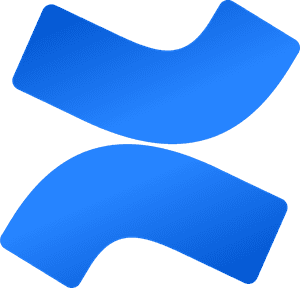Spectral is an augmented reality solution for industrial operators that guides them through complex industrial tasks (operational modes). Initially, it had two products: Web Platforms and HoloLens App. We realised that HoloLens App was not used as expected and therefore, could prevent reaching long-term business goals. Thus, we decided to build a product that will be used by everyone.
Challenge
Build an accessible product to increase Spectral adoption rate and reach out to a bigger user base.
Reach a product market fit.
I lead all design initiatives, carried Discovery process, exploring major factories in Europe. I regularly worked with PM, developers, customer success and the leadership team.
January - April 2023
In a team of 6 developers, I was a UX/UI Designer & a UX Researcher
Based upon the design sprint, we kicked off several workshops with the team to find out the scope of the project. We wanted to highlight the main pain points and jobs-to-be-done of our users. We also wanted to redefine our position on the market and which direction we would like to go.
Workshop insights
Research















